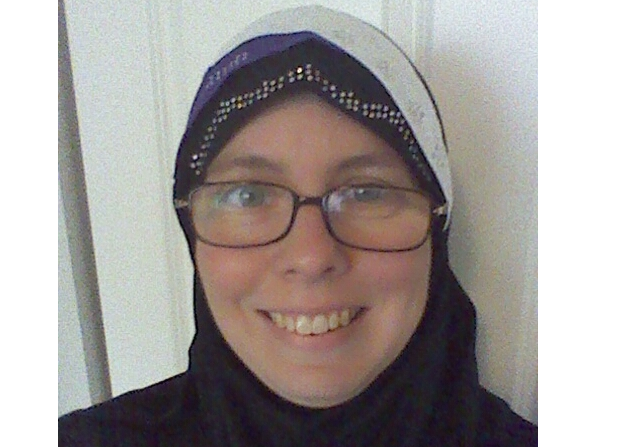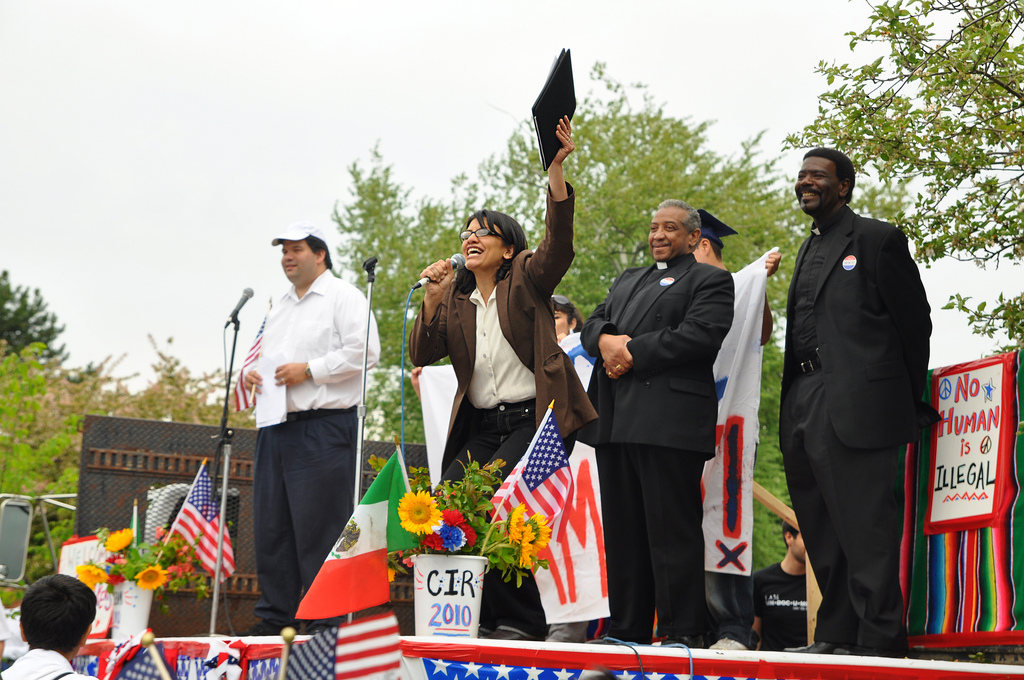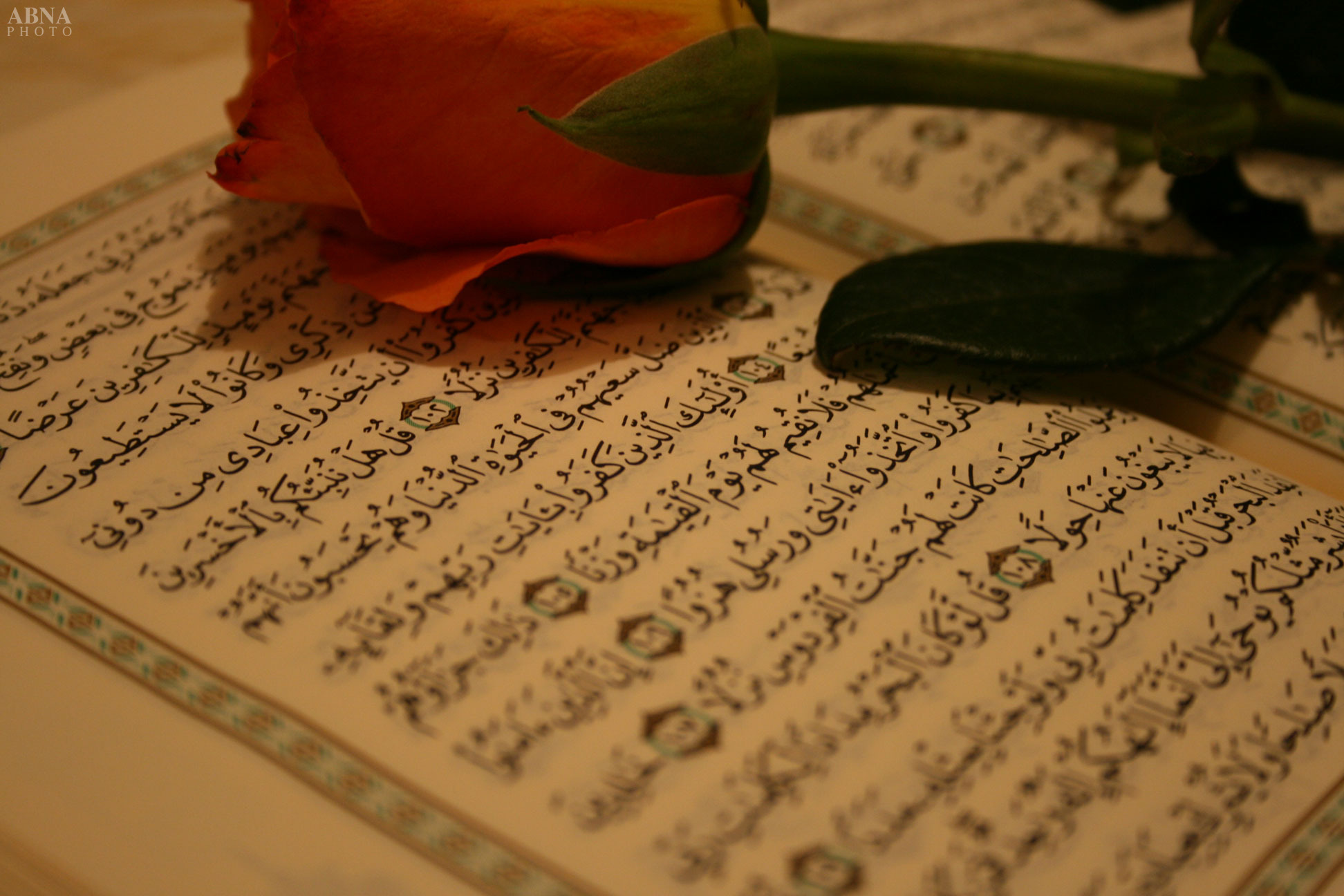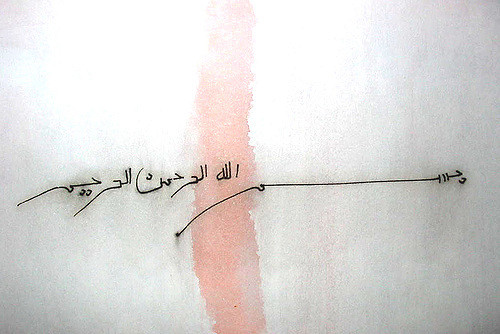I’m not able to be a “good Muslim wife”. In fact, I’m not able to be in a conventional marriage at all.
I’m asexual, aromantic, and sex-averse. Asexuality is a sexual orientation characterized by experiencing little or no sexual attraction to any person1. Aromanticism means that I do not experience romantic attraction, or falling in love, to any person either. As for the sex aversion, that’s what ultimately makes marriage out of the question for me. While not all asexual individuals are sex-averse, a majority are2and, like me, the vast majority3 of asexual people prefer not to engage in sexual activity and do not do so.
Muslim discourse around marriage, especially the fiqh of marriage, tends to present the purpose of marriage as being the regulation of sexual desire. Sex, we are told, is a right that each partner has on the other. To withhold that right is to commit nushuz(recalcitrance) and to put the marriage in danger. For women especially, the consequences of nushuz can be severe because of the degree that Quran 4:344 gives husbands over their wives. Add onto that the difficulties that Muslim women can face, in fiqh and in real-world situations, in seeking divorce, and marriage comes to seem like a place of entrapment. With nothing to draw me toward it, given my lack of sexual and romantic attraction, it’s always seemed best for me to just avoid it and to choose a celibate path in life.
Celibacy is a safe course for me, but it can also be profoundly isolating. I have a pretty high tolerance for being alone – I’m an introvert and I like living by myself. But being unmarried often places me on the margins of Muslim communities, especially since as a convert I do not have a Muslim family. And this is, after all, the religion which teaches that, “Marriage is half the deen”.
I am not half a person, and I don’t have only half a faith. But trying to explain why I can’t be married, why marriage could end up as a site of oppression for me – a place of being coerced into sex I don’t want to have or punished for refusing it – and that this is because of having a non-straight sexual orientation… yeah, that’s a conversation I’ve always actively avoided getting into.
For much of my adult life, I didn’t know that asexuality was an actual sexual orientation. I thought it was just something weird about me, that I wasn’t made the way other people are. It wasn’t until I was 31 that I learned about asexuality through a news article (even today, most discussions of sexuality do not mention asexuality or present it as a possibility). And it was only in 2012 (by which time I was 39) that I found an active asexual community online that I could join.
Knowing that there are others who share my experience, that I am not alone, has made a big difference for me. But, more than that, asexual discourse has given me a new way to look at things. For instance, I had previously characterized myself simply as “not interested in sex” but I learned to tease apart lack of sexual attraction, lack of sex drive, and sex aversion as different phenomena and that asexual individuals may differ significantly from me in some areas while sharing a lack of sexual attraction. I learned that many asexual people have a distinct romantic orientation and to identify myself as aromantic. I’ve also learned about other attraction types including sensual attraction, aesthetic attraction, and emotional attraction and determined which of these I do and don’t experience. As well, I have a much deeper understanding of sex aversion after reading the experiences of others and have learned to parse out the different elements that comprise it for me.
Another area of asexual discourse I have benefited from is exploration of non-conventional relationship types. In contemporary American society, we tend to create two boxes, one for romantic relationships (which will always involve sex at some point, it seems) and one for “just friends.” There isn’t really a cultural model for a relationship that is non-romantic and non-sexual while also being emotionally intimate and deeply committed, and which is the primary relationship in a person’s life. However, for many asexual individuals, such a relationship (often called queerplatonic5) is ideal.
As I’ve read about queerplatonic relationships that others are building, I’ve come to realize that I would like to have such a relationship myself someday, inshallah. It would provide me with both emotional support and the practical benefits of having a partner, while not asking of me feelings I am not able to give or putting an expectation of sex on me.
I’ve also come to recognize in myself a quiet but consistent emotional attraction to other women and that I would only want to be in a queerplatonic relationship with a female partner. Finding such a relationship and such a partner seems a very distant possibility at this time, especially since I would want her to be an observant Muslim who can share prayer, fasting, Quran, and learning with me – I’ve only come across four other asexual Muslims6 total so far. Still, it is a source of comfort to know that the potential is there.
The path to a committed love may be extremely narrow for me, and fraught with many difficulties, but it does exist. All praise is due to Allah, al-Latif, al-Wadud.
This piece originally appeared on the Love, InshAllah blog on Patheos.
[separator type=”thin”]
Laura P. is a European-American convert to Islam, asexual, and queer. She is a contributor at The Asexual Agenda, a group blog for asexual spectrum individuals, and maintains a personal blog, Notes of an Asexual Muslim. You can also find her on Twitter at @muhajabah. She works in online tech support and volunteers with theMuslim Anti-Racism Collaborative.
The title of this post is taken from The Sustenance of Hearts by Abu Talib al-Makki, as quoted in Celibacy and Religious Traditions:
God has decreed neither marriage nor celibacy… But he has decreed integrity of heart, preservation of faith, a soul at peace, and the execution of commands needed for these… And if one’s healthful condition, integrity of heart, and peace of soul reside in celibacy, then that is better for him, since these are the things that are desired of marriage. If one can reach these without marriage, then celibacy causes no harm.
Notes
1To learn more about asexuality, I recommend reading The Invisible Orientation: An Introduction to Asexuality.
2According to the 2014 asexual community census, 55% of asexual respondents are sex-averse.
3According to the asexual community census, 87.5% of those on the asexual spectrum are not currently sexually active. Specific data for the asexual subset is not available at this time.
4I’ve written more about how Quran 4:34 could impact asexual Muslim women atIslam, Patriarchy, and the Recalcitrant Asexual Wife. I’ve written a number of other posts on asexuality and Islam as well and I hope that you will check them out if you are interested in learning more, inshallah.
5To learn more about queerplatonic relationships and where the terminology comes from, I recommend downloading the Queerplatonic Primer.
6Fun fact: according to the asexual community census, 0.5% of respondents were Muslim. That comes out to around 70 people out of 14,000! It is likely that there are many more asexual Muslims than that, they just aren’t in online communities where they would have found the census survey. About 1% of the general population is believed to be asexual.






Very interesting article, it’s very admirable of the author to be so forthcoming and educating the general public about this issue.
Assalam O Alaikum. I’m a Muslim woman and I found out I’m asexual just a week ago before that I thought I was just celibate and different from others. People don’t take about sexual education in my part of the world so I took me longer to realize my orientation is aspec. Thank you for this post 😊 you are doing good work educating new aces.